By now, you know that your body can have a severe response to stress. This is one of the most asked questions about Meditation: How to Reduce Stress.
Stress, worry, and anxiety reduction can be accomplished by meditation practices which tame your mind. There are many practices to choose from and you can certainly find something to suit your schedule and family commitments.
Some of the meditation practices that are available are
- deep relaxation
- guided imagery
- mindfulness of breathing
- complete body scan
You can learn more about these by following these posts.
Meditation: How to Reduce Stress
You can also read what Dr. Melissa Conrad Stöppler and Dr. Barbara K. Hecht on MedicineNet.com. Here is what they have to say:
A simple technique practiced for as few as 10 minutes per day can help you control stress, decrease anxiety, improve cardiovascular health, and achieve a greater capacity for relaxation.
The meditative technique called the “relaxation response” was pioneered in the U.S. by Harvard physician Herbert Benson in the 1970s. The technique has gained acceptance by physicians and therapists worldwide as a valuable adjunct to therapy for symptom relief in conditions ranging from cancer to AIDS.
When our bodies are exposed to a sudden stress or threat, we respond with a characteristic “fight or flight” response. This is sometimes called an “adrenaline rush” because the hormones epinephrine (adrenaline) and norepinephrine are released from the adrenal glands, resulting in an increase in blood pressure and pulse rate, faster breathing, and increased blood flow to the muscles.
The relaxation response is a technique designed to elicit the opposite bodily reaction from the “fight or flight” response — a state of deep relaxation in which our breathing, pulse rate, blood pressure, and metabolism are decreased. Training our bodies on a daily basis to achieve this state of relaxation can lead to enhanced mood, lower blood pressure, and reduction of lifestyle stress.
 This is just one of the practices you can adopt and I can help you with it.
This is just one of the practices you can adopt and I can help you with it.
Another good meditation practice is presented on HelathGuidence.org. This is essentially mindfulness of breathing – a meditation practice that I often teach in my Mindfulness In Healing class.
A SIMPLE FORM OF MEDITATION
Here is a simple form of meditation. By this meditation technique, you should concentrate in an easy manner. This will allow foreign thoughts to pop up. These are handled one by one as they appear. You proceed as follows:
1. Sit in a good chair in a comfortable position.
2. Relax all your muscles as well as you can.
3. Stop thinking about anything, or at least try not to think about anything.
4. Breath out, relaxing all the muscles in your breathing apparatus.
5. Repeat the following in 10 – 20 minutes:
- Breath in so deep that you feel you get enough oxygen.
- Breath out, relaxing your chest and diaphragm completely.
- Every time you breathe out, think the word “one” or another simple word inside yourself. You should think the word in a prolonged manner, and so that you hear it inside you, but you should try to avoid using your mouth or voice.
6. If foreign thoughts come in, just stop these thoughts in a relaxed manner, and keep on concentrating upon the breathing and the word you repeat.
These two meditation practices can teach you how to reduce stress. There are many others that I can point out.
If you can spare just 9 minutes a day, I can train you how to meditate to reduce stress, anxiety and worry. Just sign up for my 9 Minute Meditation course at http://meditation.mountainsangha.org.




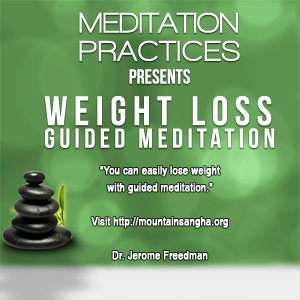
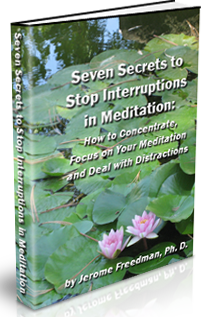
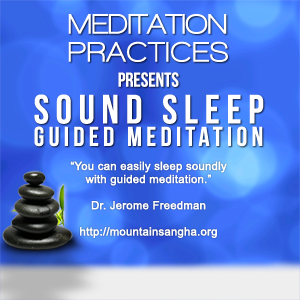
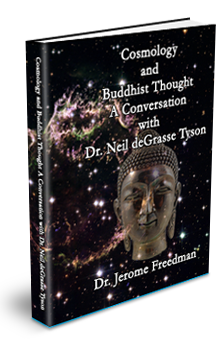


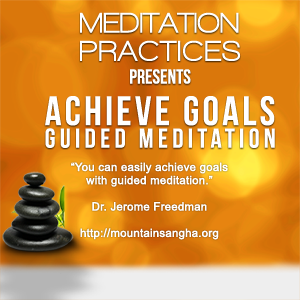
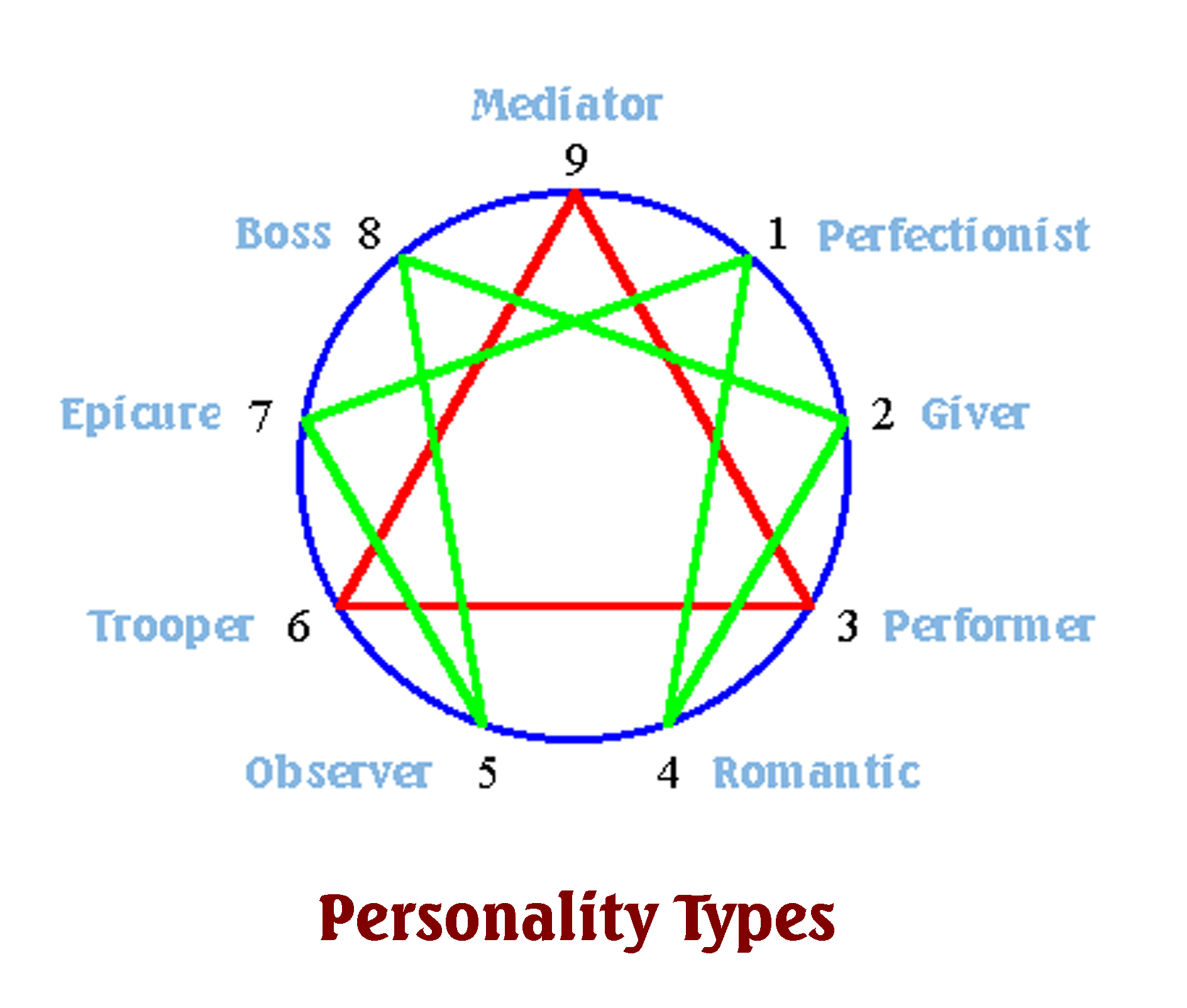

You must be logged in to post a comment.